Chinese Pistache growth rate
mattml
16 years ago
Related Stories
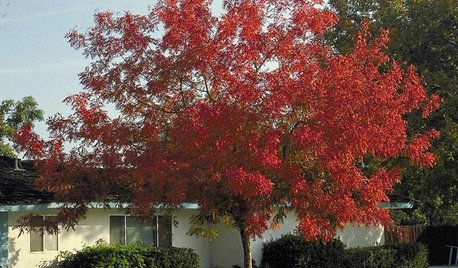
RED FOLIAGEGreat Design Plant: Chinese Pistache
Versatile and easygoing, this tree puts on a guaranteed fall spectacle in the landscape
Full Story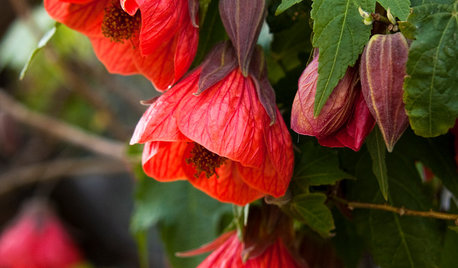
GARDENING GUIDESGreat Design Plant: Chinese Lantern
Light the way to visual delight in the garden with Chinese lantern's papery blooms and pretty colors
Full Story
FALL GARDENING6 Trees You'll Fall For
Don’t put down that spade! Autumn is the perfect time for planting these trees
Full Story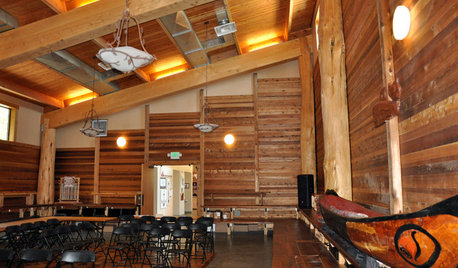
TRAVEL BY DESIGNTravel Guide: Seattle for Design Lovers
Pioneers of the past and high-tech titans of the present make for an eclectic mix of architecture, museums, hotels and eateries
Full Story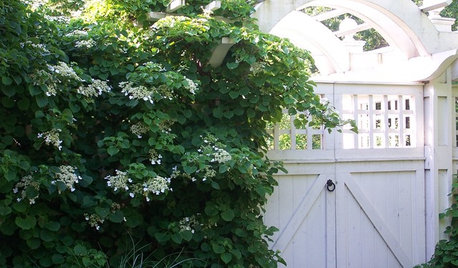
FALL GARDENING6 Deer-Resistant Flowering Vines to Plant This Fall
Have a major deer problem? Here are some of the only vines that have a chance of not being eaten
Full Story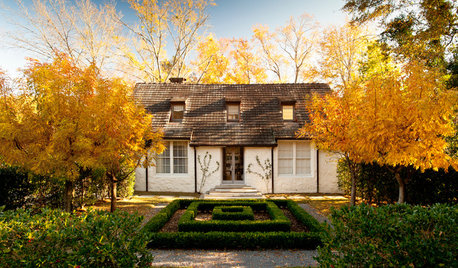
GARDENING GUIDES6 Plants for Colorful Fall Foliage in the Water-Wise Western Garden
Try these colorful, drought-tolerant additions to your garden for a fall season filled with color
Full Story
FALL GARDENINGWhy Fall Is the Best Time for Planting
Spring is overrated for planting. Starting plants in autumn has advantages for both garden and gardener
Full Story
LANDSCAPE DESIGN7 Great Trees for Summer Shade and Fall Color
These landscape-pro faves straddle the seasons beautifully. Could one enhance your own yard?
Full Story
GARDENING GUIDES10 Tips to Start a Garden — Can-Do Ideas for Beginners
Green up your landscape even if you're short on time, money and knowledge, with these manageable steps for first-time gardeners
Full Story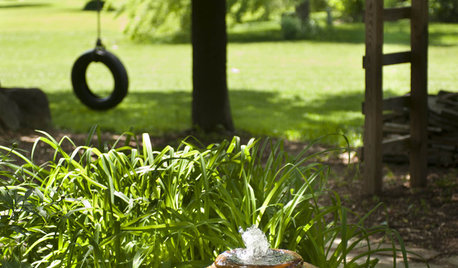
GARDENING AND LANDSCAPINGHow to Give Your Garden More Soul
Feel more at home in your garden by giving it deep, personal meaning
Full StoryMore Discussions








quirkyquercus
snasxs
Related Professionals
Beachwood Landscape Architects & Landscape Designers · Garden City Landscape Architects & Landscape Designers · Frisco Landscape Contractors · Waterbury Landscape Contractors · Burien Landscape Contractors · Canyon Lake Landscape Contractors · La Mirada Landscape Contractors · Lewisville Landscape Contractors · Royal Oak Landscape Contractors · Derry Siding & Exteriors · Dumont Siding & Exteriors · Fairfax Siding & Exteriors · Maple Grove Decks, Patios & Outdoor Enclosures · Benton Decks, Patios & Outdoor Enclosures · Boynton Beach Decks, Patios & Outdoor Enclosuresalabamatreehugger 8b SW Alabama
quirkyquercus
snasxs
lou_spicewood_tx
snasxs
jonlyd
rcnaylor
Tim
Tim
whitecap
Tim